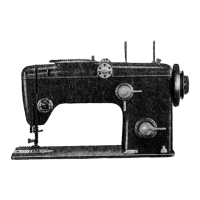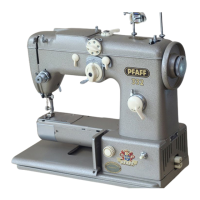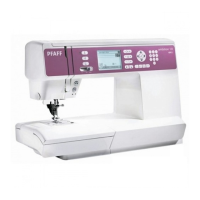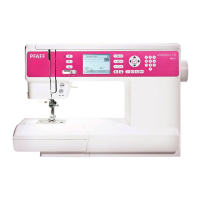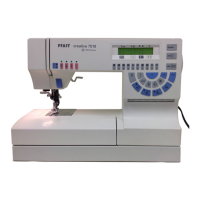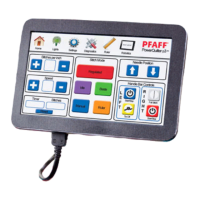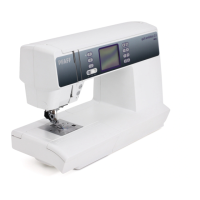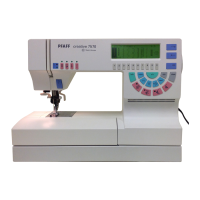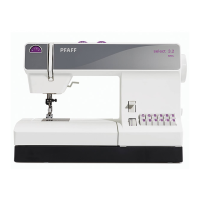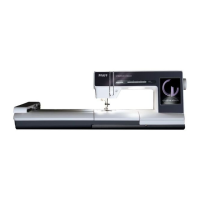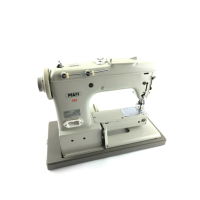
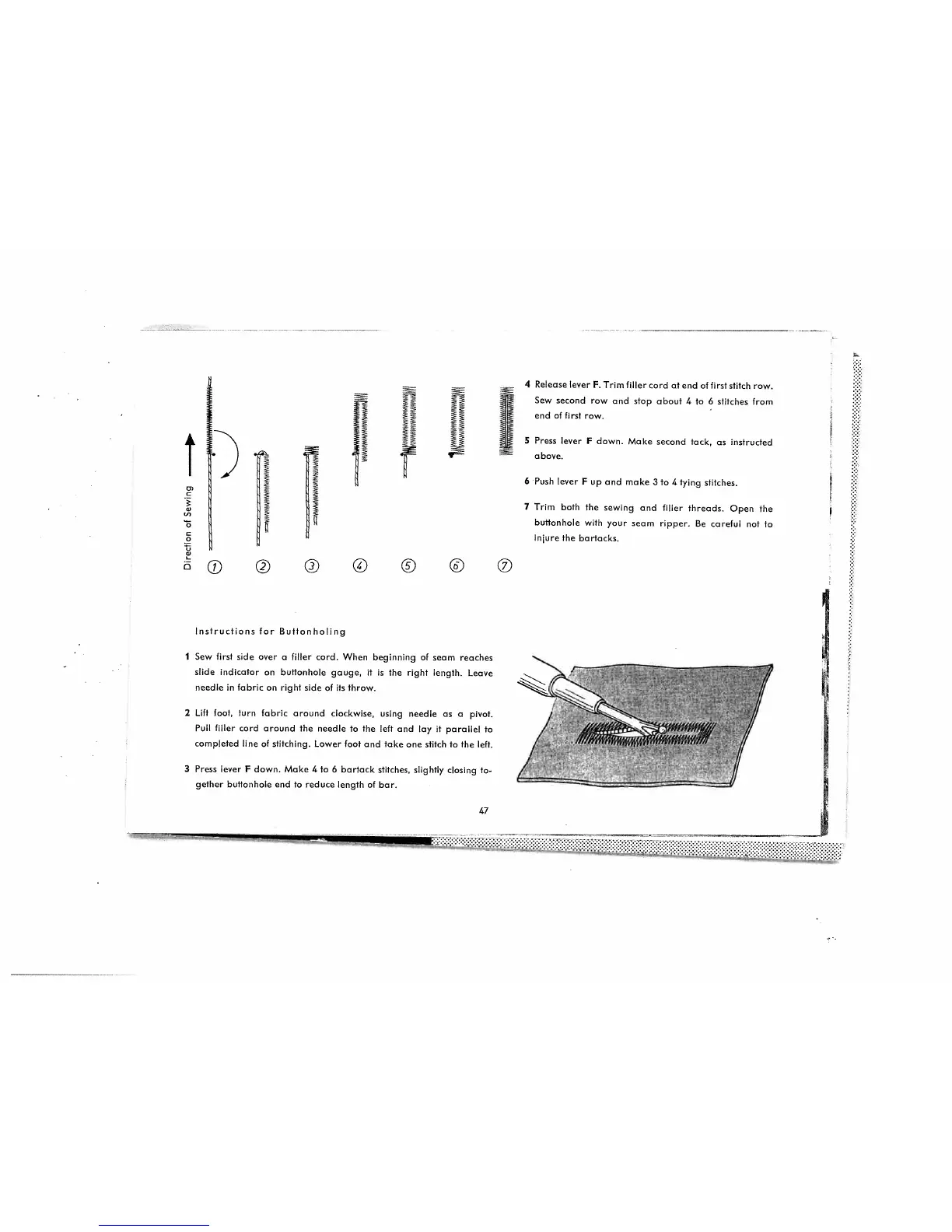
Do you have a question about the Pfaff Automatic 362 and is the answer not in the manual?
| Free Arm | Yes |
|---|---|
| Stitch Length | Adjustable |
| Stitch Width | Adjustable |
| Reverse Sewing | Yes |
| Stitch Selection | Dial |
| Built-in Stitches | Various |
| Presser Feet | Various |
| Included Presser Feet | Buttonhole foot, Zipper foot |
| Power Supply | Electric |
| Weight | Approximately 25 lbs (11.3 kg) |
| Dimensions | Approximately 18" x 7" x 14" (45.7 x 17.8 x 35.6 cm) |
Explanation of the Stopmatic lever's operation for threading and work removal.
Core principles for operating the sewing machine correctly.
How to set up and perform straight stitch sewing.
Instructions for performing zigzag stitches and width adjustments.
Step-by-step process for winding a bobbin.
Correctly placing the bobbin case into the machine.
Guide to threading the upper thread through the machine.
How to use the automatic needle threading mechanism.
Adjusting thread tension for optimal sewing results.
Adjusting stitch length and performing reverse stitching.
How to lower the feed dogs for darning or embroidery.
Process for replacing the sewing foot.
Guidelines for cleaning and oiling the machine.
Routine cleaning practices to ensure smooth operation.
Information about the machine's built-in sewing light.
How to use the snap-out workplate for increased sewing area.
Solutions for skipped stitches, thread breaks, and needle issues.
Diagnosing and correcting feed problems and poor stitch quality.
Techniques for zipper insertion and edge stitching.
Methods for creating hems and rolled hems.
Step-by-step guide to sewing buttonholes automatically.
Methods for repairing fabric holes and worn areas.
Adding decorative cording and monograms to projects.
Using two or three needles for decorative stitching effects.
